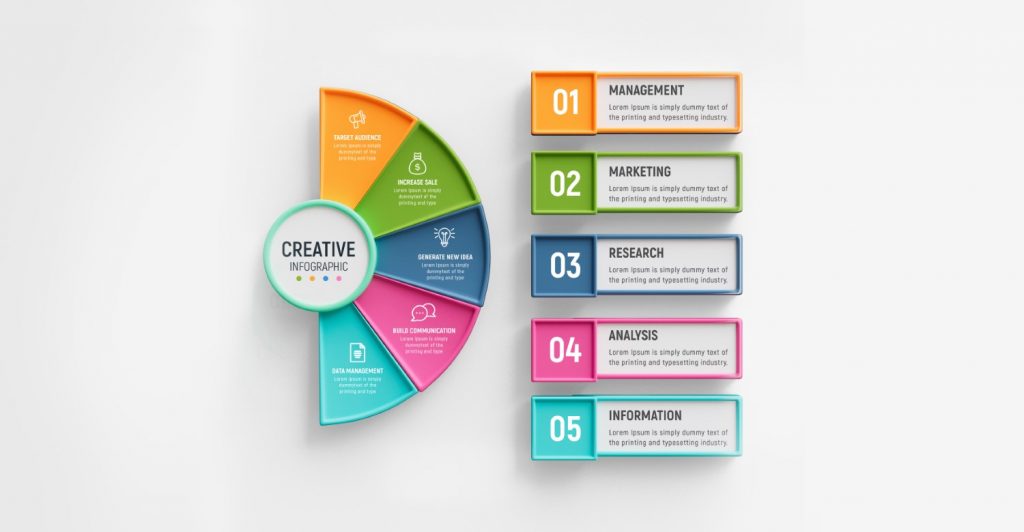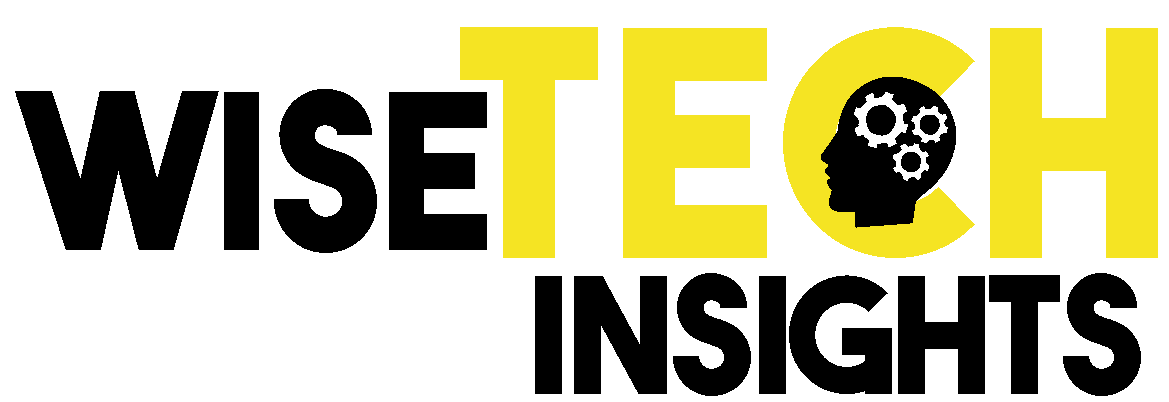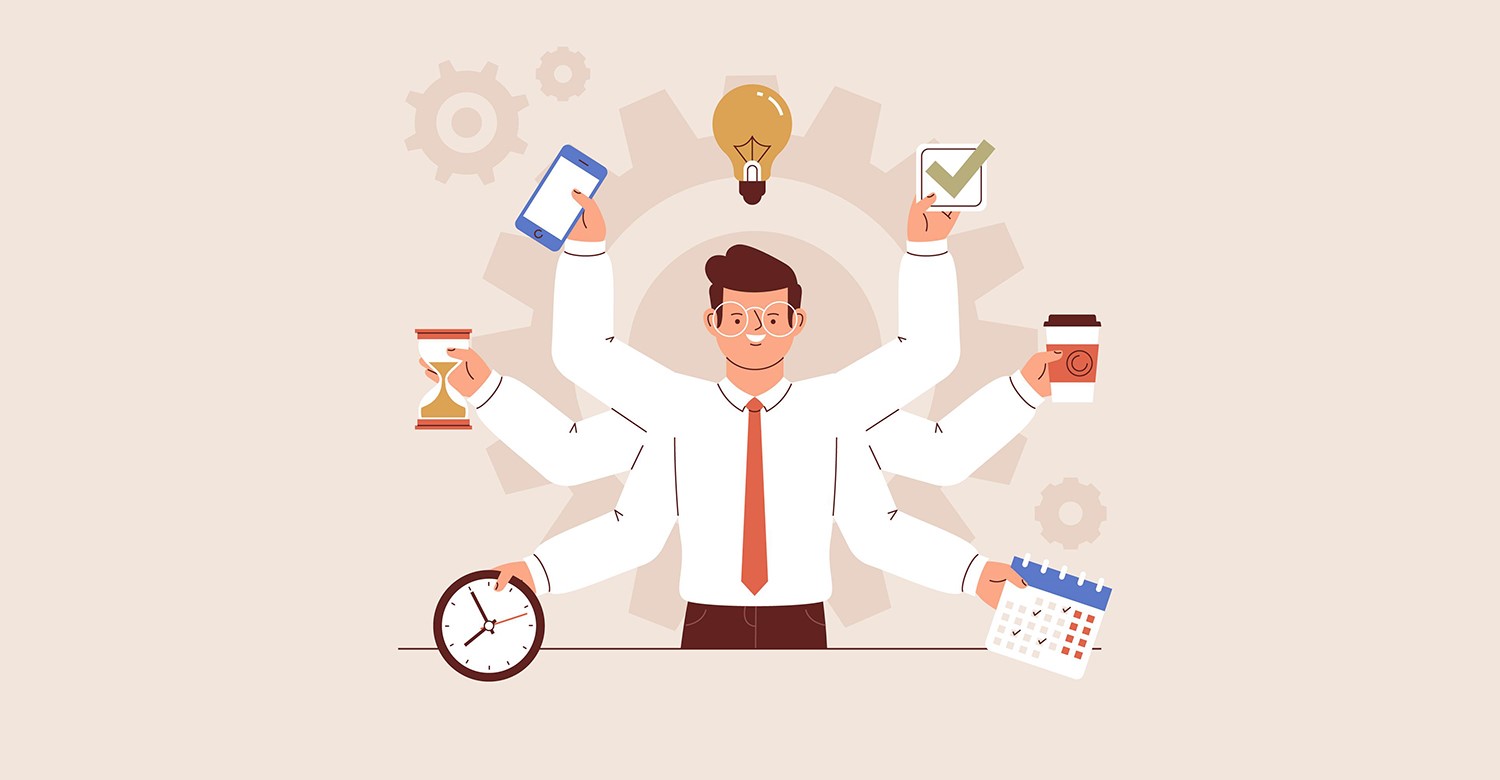Productivity Apps are becoming, In today’s fast-paced digital world, where Time is of the essence and efficiency is crucial, an essential tool for individuals and businesses to improve their efficiency and achieve more. These innovative software applications are designed to revolutionize how we manage tasks, allocate Time, collaborate with teams, and organize information. This article looks in-depth at productivity apps, exploring their diverse applications and shedding light on their benefits to streamline workflows and boost productivity.
Table of Contents
Defining Productivity Apps for Modern Workflows
When managing tasks, time, and projects, the digital landscape offers an array of productivity apps accessible across various devices and platforms that serve the diverse needs of individuals seeking enhanced efficiency in their day-to-day tasks.
At the core of productivity apps lie the concepts of organization and streamlining. These tools foster an environment where tasks are meticulously organized, time is judiciously allocated, and collaboration is seamless. Whether it’s personal or professional use, these apps are here to simplify the task.
Benefits of Incorporating Productivity Apps
embracing productivity apps into your workflow can deliver significant results in a world where Time is scarce, and productivity is the key to success. These digital tools act as performance multipliers, boosting efficiency, organization, and collaboration. Let’s dive into the clear benefits that come from using productivity apps.
- Boosting Efficiency and Time Management
One of the foremost advantages of productivity apps is their ability to streamline tasks and enhance time management. Apps like Todoist and Super Productivity break down complex projects into actionable steps, ensuring no charge slips through the cracks. By setting reminders and notifications, users are alerted to upcoming deadlines and meetings, allowing them to allocate Time effectively and prevent time constraints.
Some of the possibilities offered by these apps for team members are creating a checklist of tasks, assigning responsibilities, and setting deadlines. With timely notifications, everyone stays on track, reducing the likelihood of missed milestones and ensuring a smooth launch process.
- Organizing Tasks and Prioritization
A disorganized to-do list can quickly lead to confusion and inefficiency. Productivity apps help users to categorize tasks based on priority, deadline, or project, enabling a structured approach to work. By allocating tags or labels, users can quickly identify important tasks requiring immediate attention, ensuring that critical objectives are met promptly.
- Enhancing Collaboration and Communication
Fruitful communication and collaboration are essential elements of any successful team. Some productivity apps, like Slack and Microsoft Teams, provide a centralized platform for team members to interact, share ideas, and work on projects collectively. Real-time messaging, virtual meetings, file sharing, and integrations with other tools encourage seamless communication, regardless of team member location.
A remote Designer can share his work, receive immediate feedback, and make real-time adjustments using collaboration apps. This level of interaction minimizes delays and ensures that projects progress smoothly, even when team members are spread across different time zones.

Types of Productivity Apps
- Task Management Apps: Simplifying To-Do Lists and Tracking
Task management apps like Todoist and Ticktick empower users to create, organize, and prioritize tasks effortlessly.
With features like due dates, reminders, and categorization, users can track their progress and stay on top of their game.
- Time Management Apps: Efficiently Allocating and Managing Time
Time management apps like Toggl Track and Insightful help users track and analyze how they spend their Time.
These apps provide insights into time usage patterns, enabling users to identify improvement areas and optimize their schedules.
- Collaboration Apps: Fostering Teamwork and Seamless Communication
Collaboration apps like Slack and Microsoft Teams revolutionize team interaction by providing real-time communication and file sharing. They eliminate endless email chains and facilitate efficient project collaboration.
- Note-Taking Apps: Capturing Ideas and Information Effortlessly
Note-taking apps like Evernote and OneNote allow users to digitally capture and organize ideas, meeting notes, and essential information. Their ability to sync across multiple devices ensures that crucial insights are always preserved.
- Project Management Apps: Planning, Executing, and Monitoring Projects
Project management apps like Asana and Trello help users break down complex projects into manageable tasks.
They provide visual boards and progress tracking, improving project visibility and accountability.

Implementing an Optimized Workflow
Implementing productivity apps into your workflow needs a thoughtful and strategic approach. While the number of available apps may seem overwhelming, a well-structured integration process can maximize their potential and lead to a more productive work routine.
Assessing Your Workflow Needs
Assessing your workflow needs and pain points is crucial before opting for a productivity app over another. Look closely at your daily tasks, projects, and communication patterns. Identify areas where you often encounter bottlenecks, inefficiencies, or delays. This introspective analysis will help you select the right apps that address your requirements.
Selecting the Right Productivity Apps
With a clear understanding of your workflow needs, start researching and selecting the most suitable productivity apps. Consider app features, user reviews, and operating system and device compatibility. Look for apps that offer seamless integration and provide a user-friendly experience.
Most of these apps offer a free trial; feel free to take it to get a feel of the app’s interface and features.
Customizing Apps for Your Workflow
The true power of productivity apps lies in their ability to adapt to your unique business. Once you’ve selected your desired apps, take the time to customize their settings and preferences to match your workflow. This personalization ensures that the apps work perfectly with your routines, enhancing productivity rather than restraining it.
Strategies for Successful App Integration
As you venture to incorporate productivity apps into your workflow, it’s essential to adopt procedures that ensure seamless integration and maximize the benefits of these tools.
Syncing and Cross-Platform Accessibility
An essential aspect of successful app integration is ensuring your data remains synchronized across all your devices. Utilize productivity apps that offer cloud storage and syncing capabilities; This ensures that your task lists, notes, and project updates are accessible regardless of whether you’re working on your laptop, tablet, or smartphone and that all your work is secure on the cloud.
Automation and Integration with Workflows
We know that a significant part of our day goes into doing many repetitive tasks. Automation is a game-changing feature that can significantly enhance your productivity—many productivity apps allow you to create automated workflows that save time and reduce manual effort.
An app like Zapier helps you connect multiple apps and initiate actions based on specific events.
Overcoming Challenges and Pitfalls
While productivity apps offer numerous benefits, you must be aware of potential challenges and pitfalls during their utilization.
Avoiding App Overload and Distraction
In the quest for enhanced productivity, we often fall into the trap of app overload. Installing too many apps can lead to chaos, confusion, and, ironically, reduced efficiency. To avoid this, carefully assess each app’s value and contribution to your workflow. Keep a lean app ecosystem, focusing only on those that align with your needs and have tangible benefits.
Ensuring Data Privacy and Security
data privacy and security are essential. When integrating productivity apps, carefully review their privacy policies and data handling practices. Opt for apps that provide robust security measures, such as encryption and multi-factor authentication. Regularly update your passwords and be cautious when granting app permissions to safeguard sensitive data from unauthorized access.
Evolving Your Productivity Strategy
Productivity is an extended dynamic journey; it requires continuous improvement and adaptation. As you integrate productivity apps into your workflow, consider these strategies to refine your approach.
Regularly Assessing App Effectiveness
Periodically review your app use and evaluate its impact on your productivity. Are the apps helping you achieve your objectives and streamline your tasks, or are they adding complexity to the equation? Make informed decisions about keeping or replacing apps based on their contribution to your workflow.
Staying Updated with New Features
Productivity apps are constantly evolving, with developers introducing new features and enhancements. Stay informed about app updates and explore how new features align with your changing needs, explore and experiment with these features to pull even more value from your chosen apps.
Conclusion
In today’s fast-paced world, productivity apps have become indispensable for optimizing workflows and achieving more in less time. By understanding the types of productivity apps you need, harnessing their benefits, and strategically integrating them into your routine, you can unlock a new level of efficiency and effectiveness. Remember that while the apps are powerful, your approach to customization, integration, and continuous improvement is the key to transforming your productivity landscape. Embrace the potential of productivity apps and embark on a journey of enhanced efficiency and achievement.




